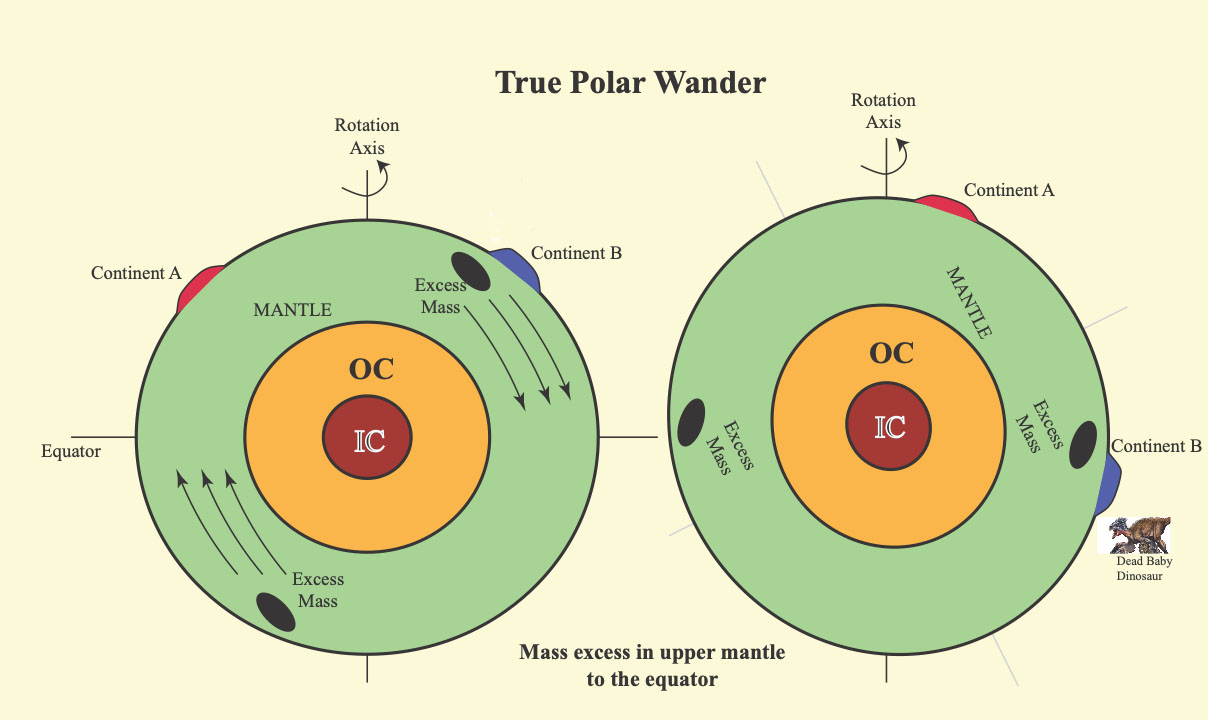A re-arranging Earth was bad news for dinosaurs
In the late Jurassic and early Cretaceous, as the Atlantic Ocean was forming and Pangaea began to break into the landmasses we know today, dinosaurs and early mammals had a good life. Creatures in what is now North China roamed lush green forests full of rivers and lakes that teemed with amphibians and fish. Food and water were plentiful.
As time went on, however, these humid, temperate areas dried out. The forests, rivers and lakes disappeared, and the dinosaurs followed soon after. Scientists have long debated the cause of this dramatic shift, called the Great Jurassic East Asian Aridification. A new study co-authored by University of Florida geology professor Joe Meert suggests that the land mass actually moved toward the Equator in a phenomenon known as True Polar Wander.
Meert explains True Polar Wander this way:
“Basically what happened is that there were excess masses in the Earth that kept the Earth a little bit out of balance. When the Earth gets out of balance, it tries to re-equilibrate — in this case by shifting the outer surface of the Earth towards the Equator.”

Image courtesy of Joe Meert
By analyzing magnetic and radioactive minerals, Meert and colleagues from the Chinese Academy of Geological Sciences were able to determine the age and origin of the region’s rocks, corroborating data from previous studies in North America, Africa and Europe.
“What we found in North China shows exactly the same amount and direction of motion,” he said. “The only way to explain that coherent motion on a global scale is via true polar wander.”
An error was encountered while processing the URL. Please check the URL for any errors.